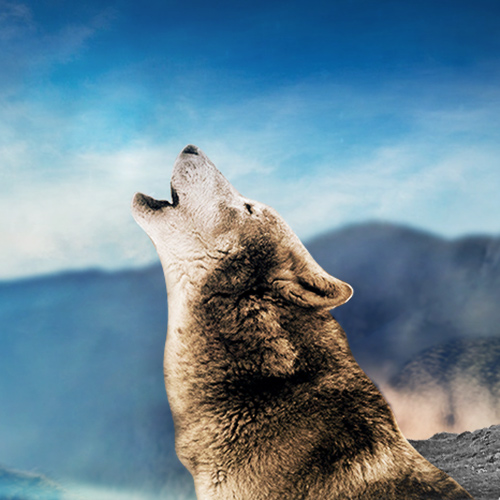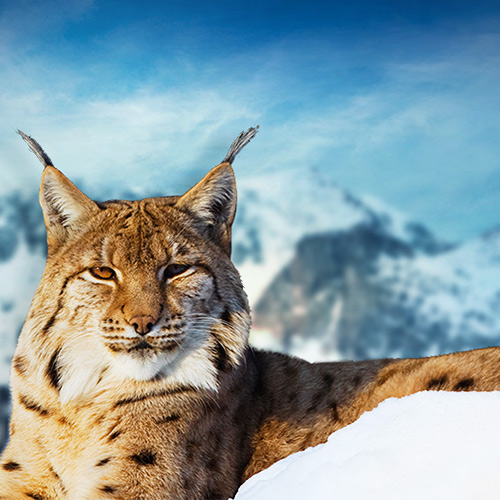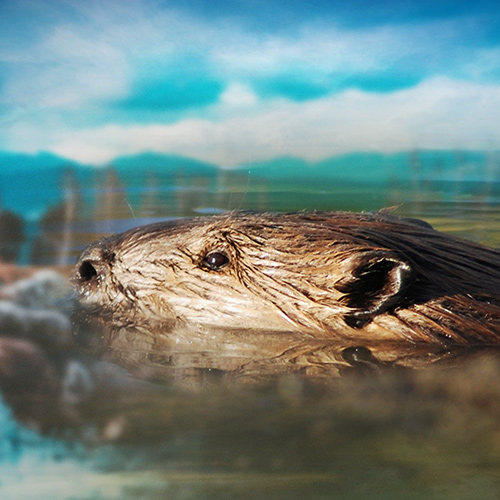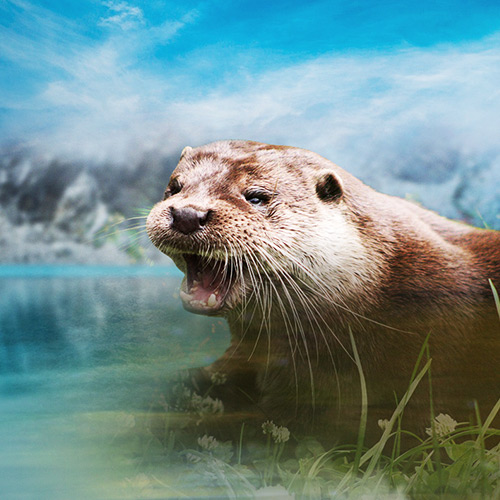
Check out the distribution
Brown bears cause damage to livestock, beehives, fruit trees, fields and silage bales. The majority of the damage cases are to livestock, followed by damage to beehives. Both damage types occur in the areas of permanent and occasional brown bear presence.
In the past, brown bear populated all of western Europe. Due to persecution, deforestation, agricultural development and subsequent habitat loss, brown bear populations dramatically declined. Brown bear abundance and population density depends primarily on food availability, habitat suitability and also on legal shooting quotas.
The highest densities of brown bears are found in Dinaric mountains of Slovenia where the estimated number of bears is approximately 750 individuals. To meet life history requirements, bears need large unfragmented forested habitats. For this reason, the forests of Kočevska and Notranjska regions support robust bear populations. Brown bears are distributed from the Alpine region through northwest forest massif (Nanos, Hrušica and Trnovski gozd), low karst in the west, and to the Gorjanci in the east.
Based on current estimates of brown bear abundance in Slovenia, the population is considered not threatened. However, human tolerance and human activities can quickly impact the population. An important challenge is to maintain a healthy population and help people who live with bears coexist with them.







